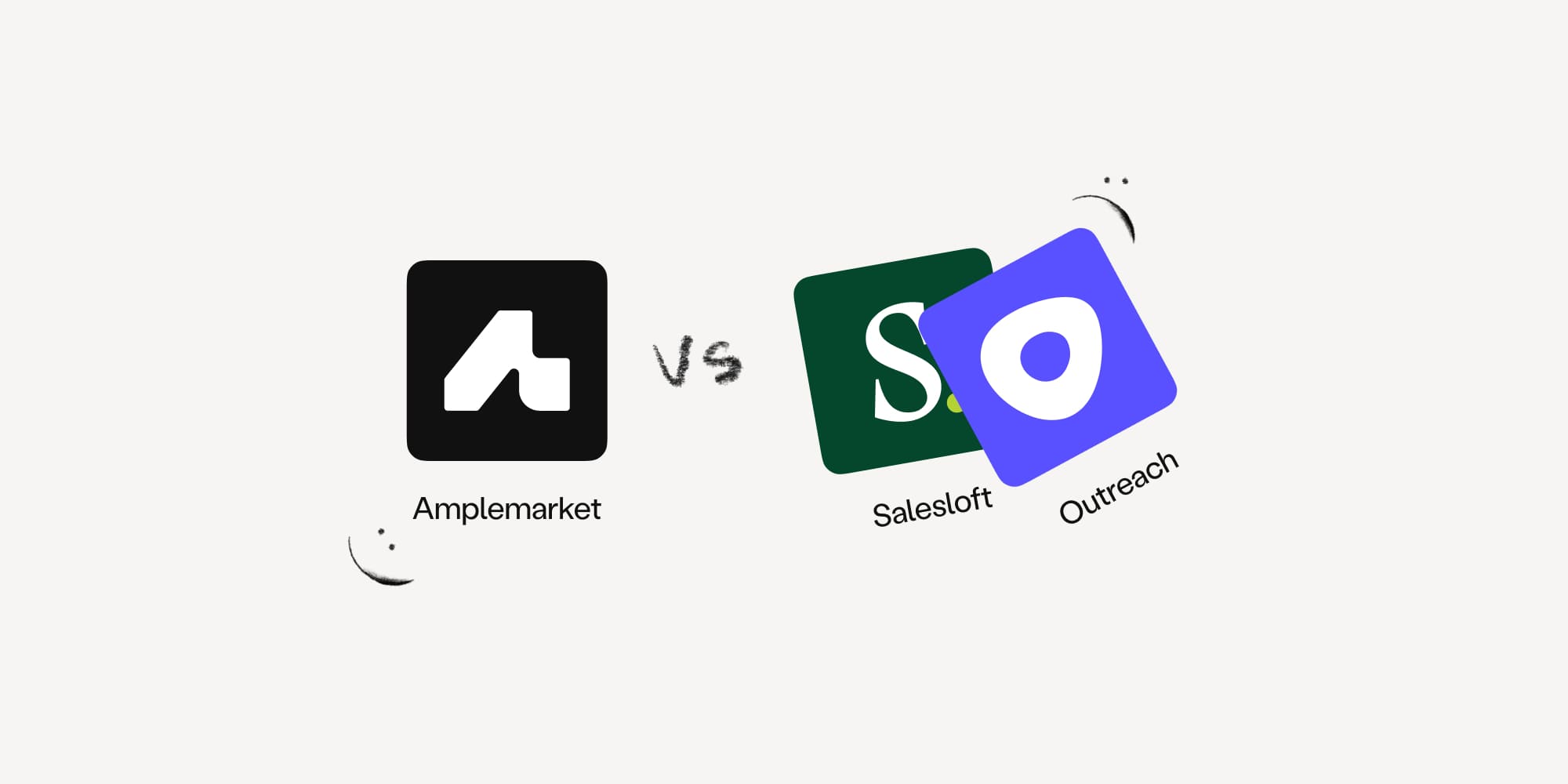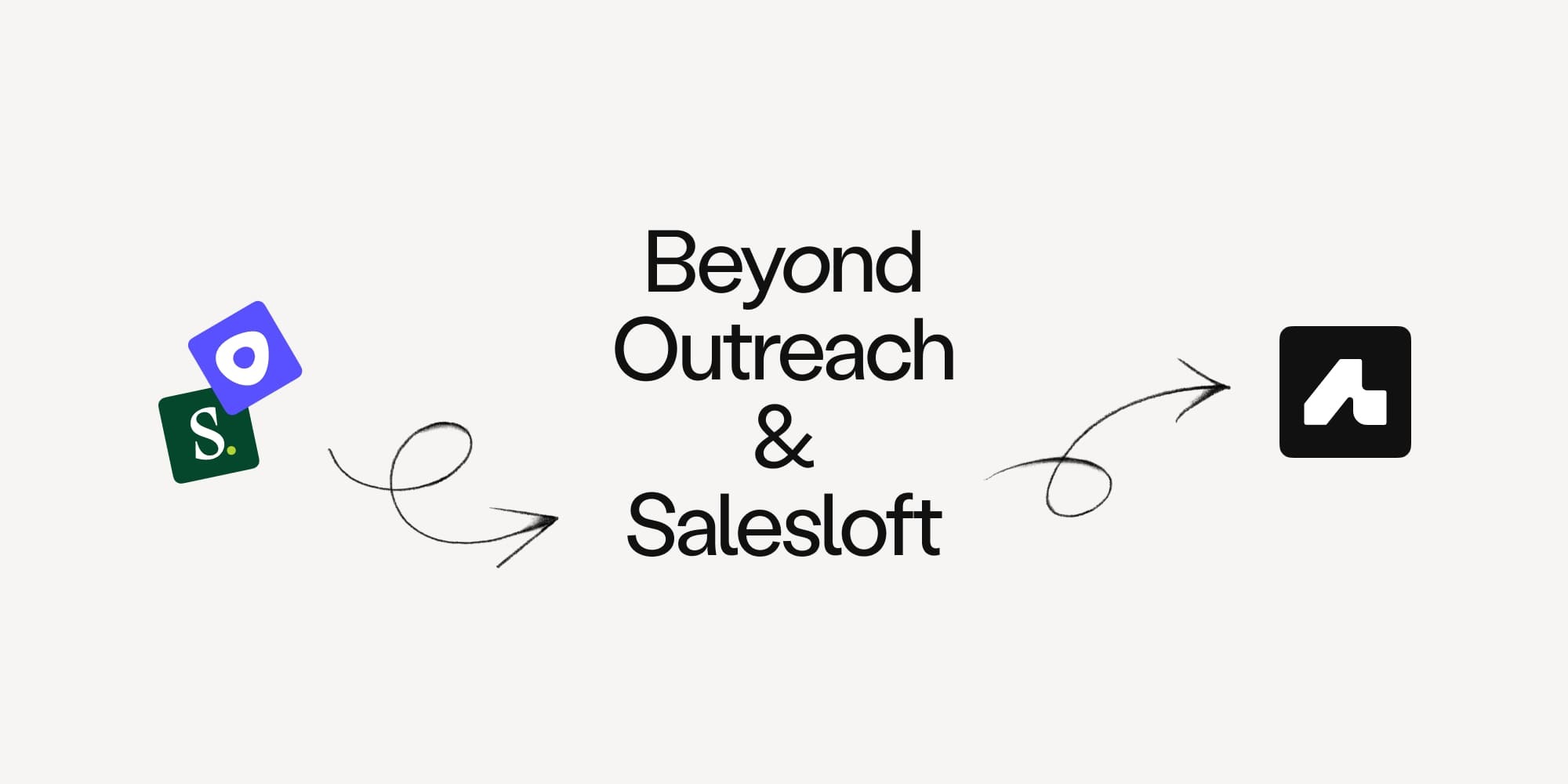Amplemarket Copilot vs. ZoomInfo Copilot: A detailed comparison
•
October 23, 2025
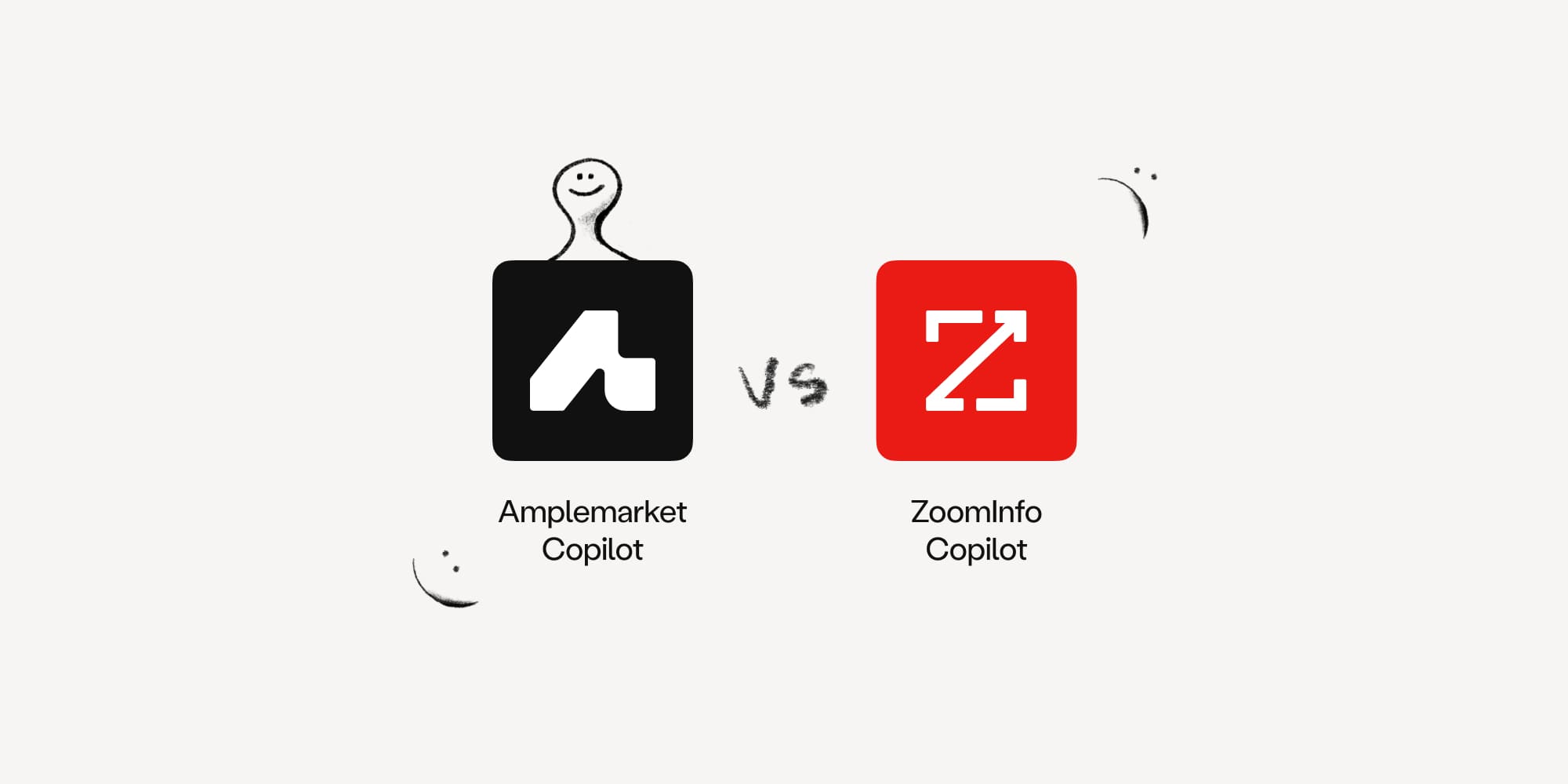
Not all AI copilots are created equal. Discover how they turn signals into action in this comparison.
Sales reps spend too much time chasing data instead of deals.
Every day, inboxes flood with company-level updates: funding rounds, press releases, hiring trends.
Useful? Sure. Actionable? Not always.
Especially when everyone else is seeing the same signals.
ZoomInfo Copilot focuses on three major things:
- Know which accounts are in-market: spotting companies showing buying intent.
- Know who's in the buying group: identifying potential decision-makers within those accounts.
- Know what to say: drafting email variations for outreach.
Helpful? Yes, for spotting general activity.
But because these signals are largely account-level, reps are still left guessing who to contact and how to personalize outreach.
Many end up emailing a “buying committee”, a list of possible decision-makers filtered by title or engagement probability.
Sometimes it works. Sometimes it’s awkward if you reach the wrong person.
Amplemarket’s Duo Copilot flips the script.
Instead of dumping raw data, Duo’s suite of AI agents turns signals into action. Multichannel, hyper-personalized sequences are ready to send.
Amplemarket’s AI copilot built around the seller, not just the account.

Tracking signals that actually matter
ZoomInfo sources signals at the account level through a few different ways:
- CRM imports: pulling in existing accounts and contacts.
- Manual uploads: adding account lists directly.
- Lookalike modeling: identifying accounts similar to ones with recent activity.
The signals themselves include: funding rounds, press mentions, executive changes, and keyword-based intent tracking.
These are great for spotting general company activity, but there are a few limitations:
- Signals are mostly broad; reps don’t see who’s actually engaging.
- Keyword intent is tied to accounts, not individual contacts.
- Signals that actually show intent, like social engagement, G2 mention or Slack mentions, aren’t tracked at all.
- Reps have to filter manually to find actionable opportunities, which eats up time.
With Duo, everything changes. Its AI research agents track 100+ buying signals that ZoomInfo misses, including social, G2, Slack, company news, and custom CRM signals unique to your team.
Reps see exactly which signals matter and can take action immediately.
Jackson Reimers, Director of New Enterprise Business at DataStax, shared,
“I like that I can still use my judgment. The AI generates outreach, but I decide what goes out. That level of control is huge.”
Since switching from ZoomInfo, the DataStax team has created over 150 enterprise opportunities in just eight months.
Here’s a quick snapshot of what that looks like:
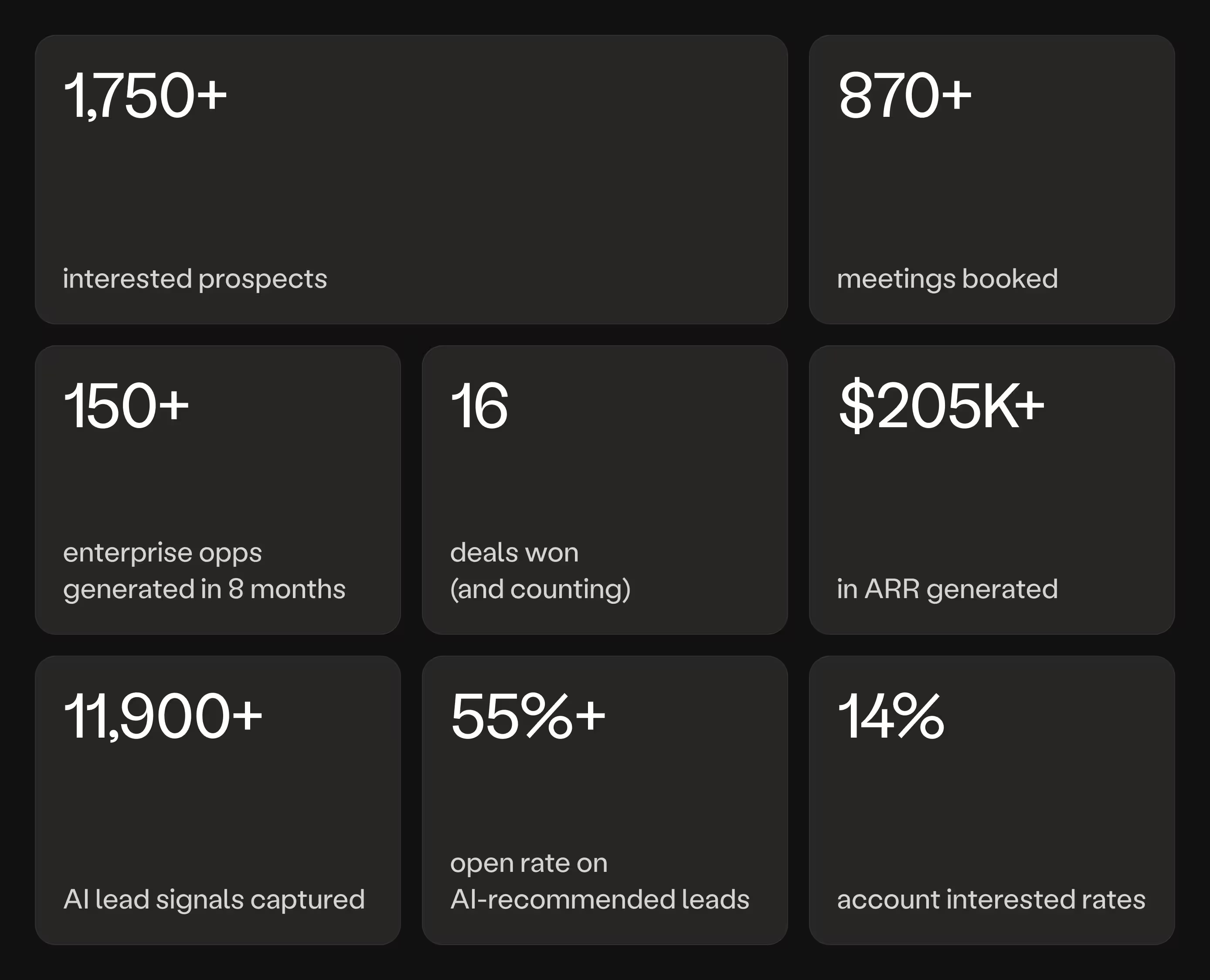
No guesses, know exactly who to reach
Once an account is flagged in ZoomInfo, reps usually go through this process:
- Review the “buying committee”, a list of potential decision-makers.
- Filter by title, seniority, or department relevance.
- Guess who’s most likely to engage.
The pain points here are obvious:
- The person you email may not even be involved in the buying process.
- Manual filtering takes time.
- There’s no guidance on who’s truly high-intent.
Duo removes all the guesswork. It identifies the exact person behind the signal and generates a sequence tailored to them.
No more wasting hours filtering or guessing, reps reach the right person, every time.
Cole Brummund, SDR Manager at MaestroQA shares,
“With ZoomInfo and 6sense, we were still missing people who were actually in a buying cycle. We’d reach out too late, or we’d just be guessing.”
MaestroQA needed more than basic company-level intent and see how they found the signals they wanted with Ampleamarket.

AI that crafts multichannel sequences, not just email copy
ZoomInfo Copilot offers AI email support, but there are limitations:
- Email variations are limited to just 2-3 options.
- No native multichannel support.
- Reps need additional tools like Salesloft or Outreach for sequencing, tracking, and follow-ups.
This creates pain points:
- Extra subscriptions = higher cost.
- Fragmented workflows = slower outreach.
- Personalization still requires manual effort.
Duo handles all of this natively. Its Sequence agents research contacts, build multichannel sequences, and write hyper-personalized outreach that’s ready to send.
No templates, no manual typing, and no extra subscriptions.
“We could plug in gifting language, tweak the tone to match our voice, and hit send. It was plug-and-play personalization.”
Shares, Katie Penner, Head of Sender Relations at Sendoso
See how Sendoso achieved 78%+ open rate on AI-recommended leads.
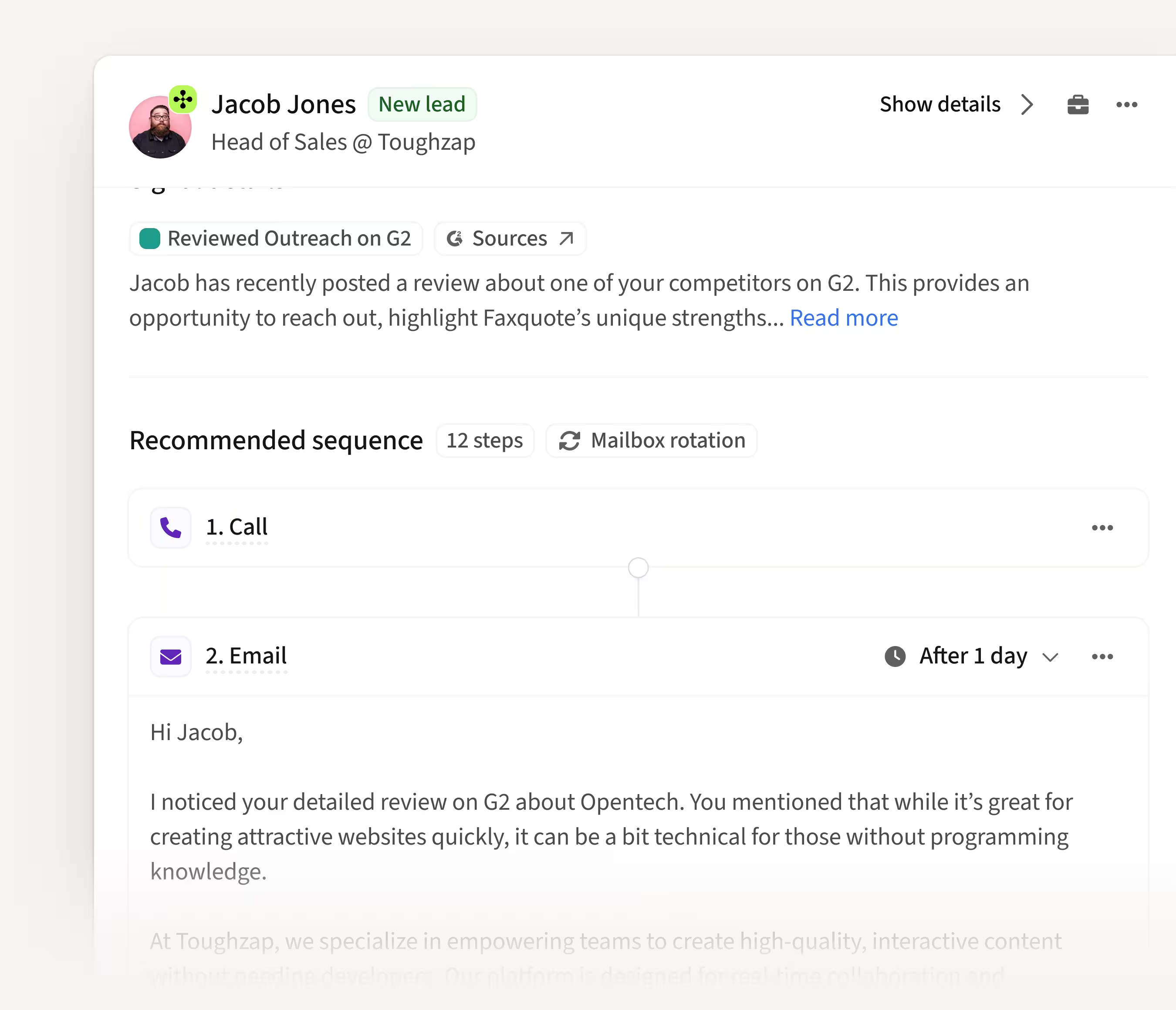
One integrated copilot vs. fragmented tools
Acting on ZoomInfo signals often requires jumping between multiple platforms, such as your CRM, email, and your sequencing tool.
- More clicks and context switching.
- Higher risk of errors or missed opportunities.
- Slower time-to-action.
Duo integrates everything in one platform: signal discovery, personalization, and multichannel execution.
Reps can move faster, sell smarter, and focus on what matters most: building relationships and closing deals.
Deepak Singla, Co-founder at Fini notes,
“The fact that I don’t have to jump between five tools to get this done is huge.”
Check out how YC-backed Fini sourced $75K in pipeline in only 2 weeks with AI sales agents.
Conclusion: Make the Copilot work for you
Not all AI copilots are created equal. ZoomInfo gives data, Duo gives action.
With Duo, reps spend less time searching, more time selling, and get outreach that actually converts.
Start your free trial of Amplemarket’s Duo Copilot and see how AI can help your reps reach the right prospects, faster.
Subscribe to Amplemarket Blog
Sales tips, email resources, marketing content, and more.


